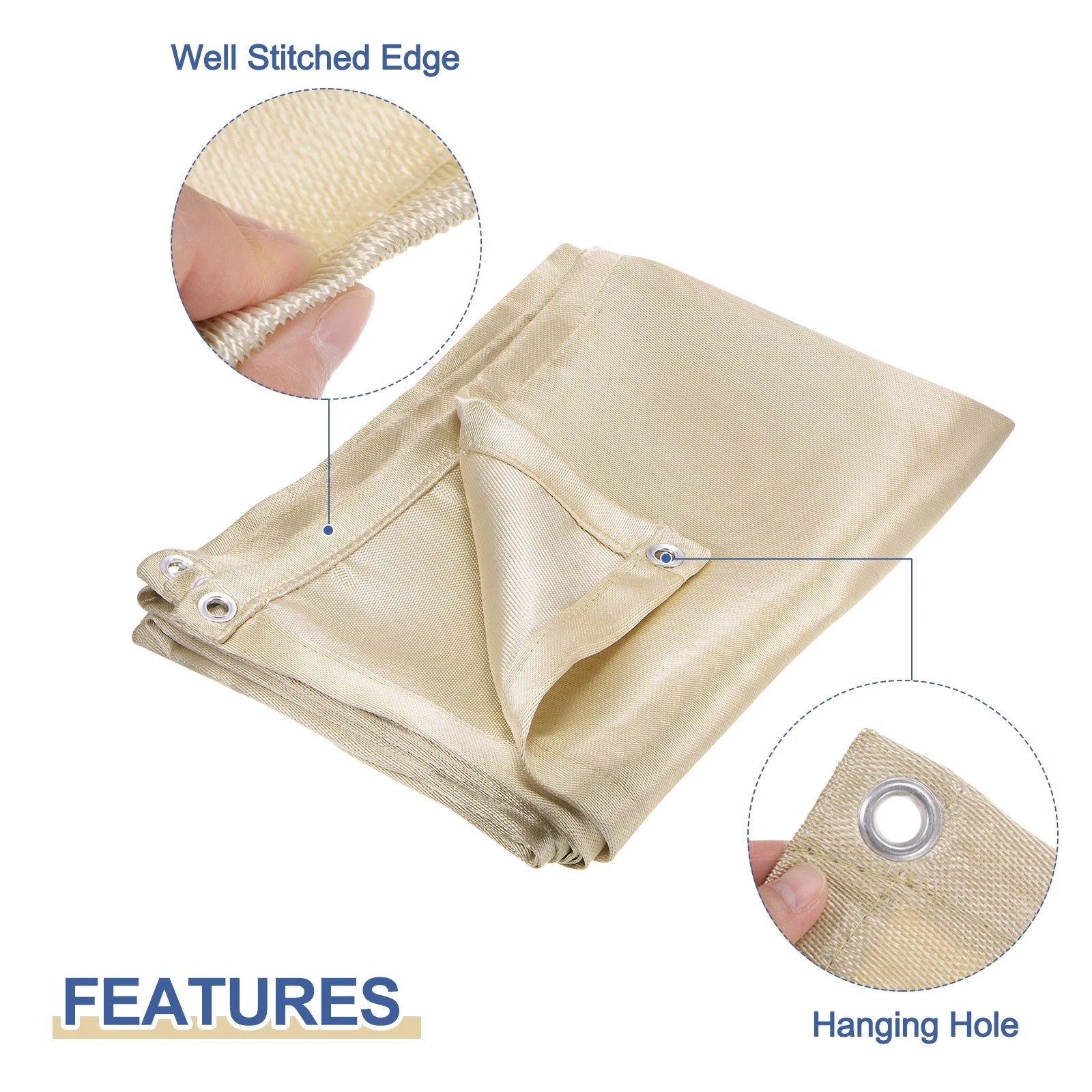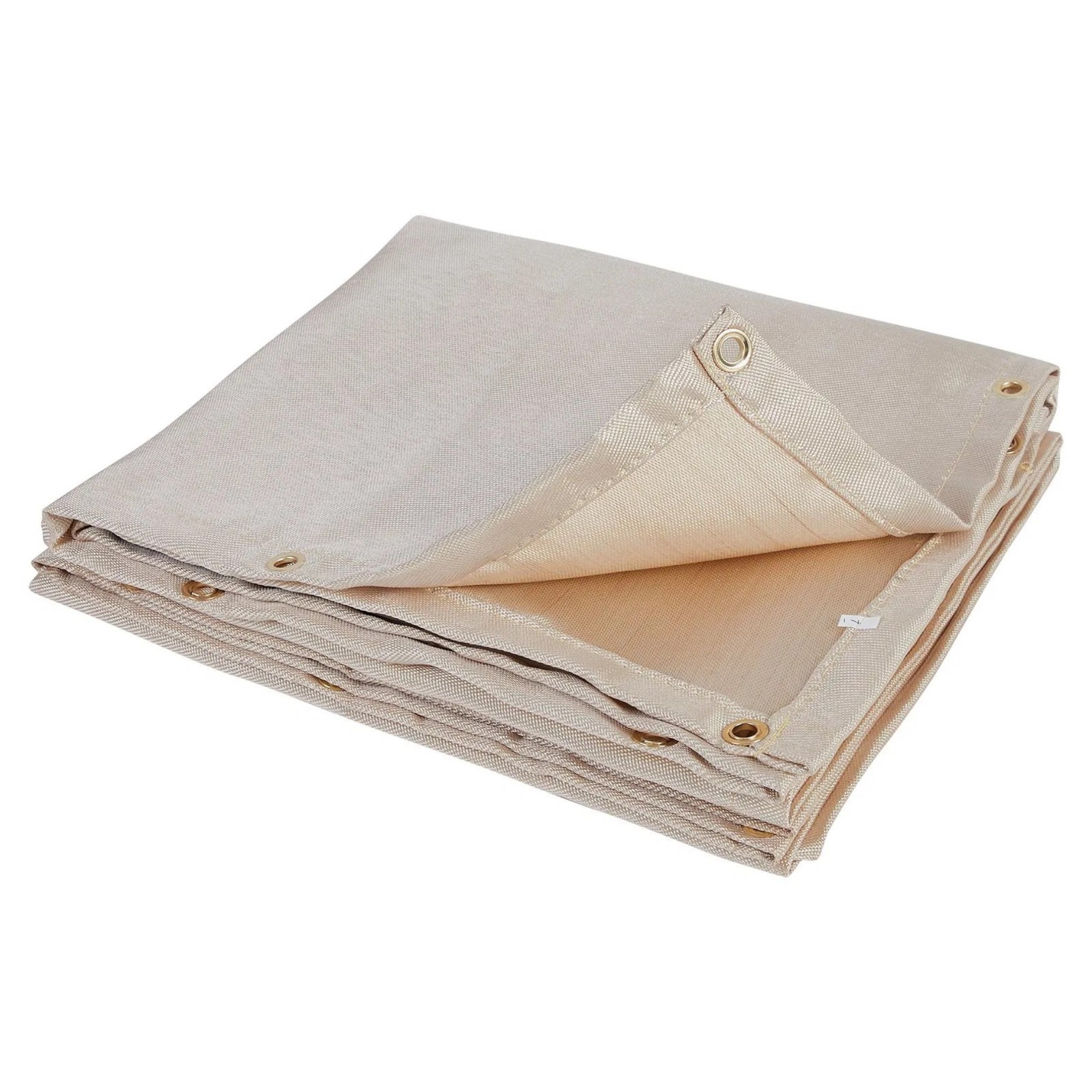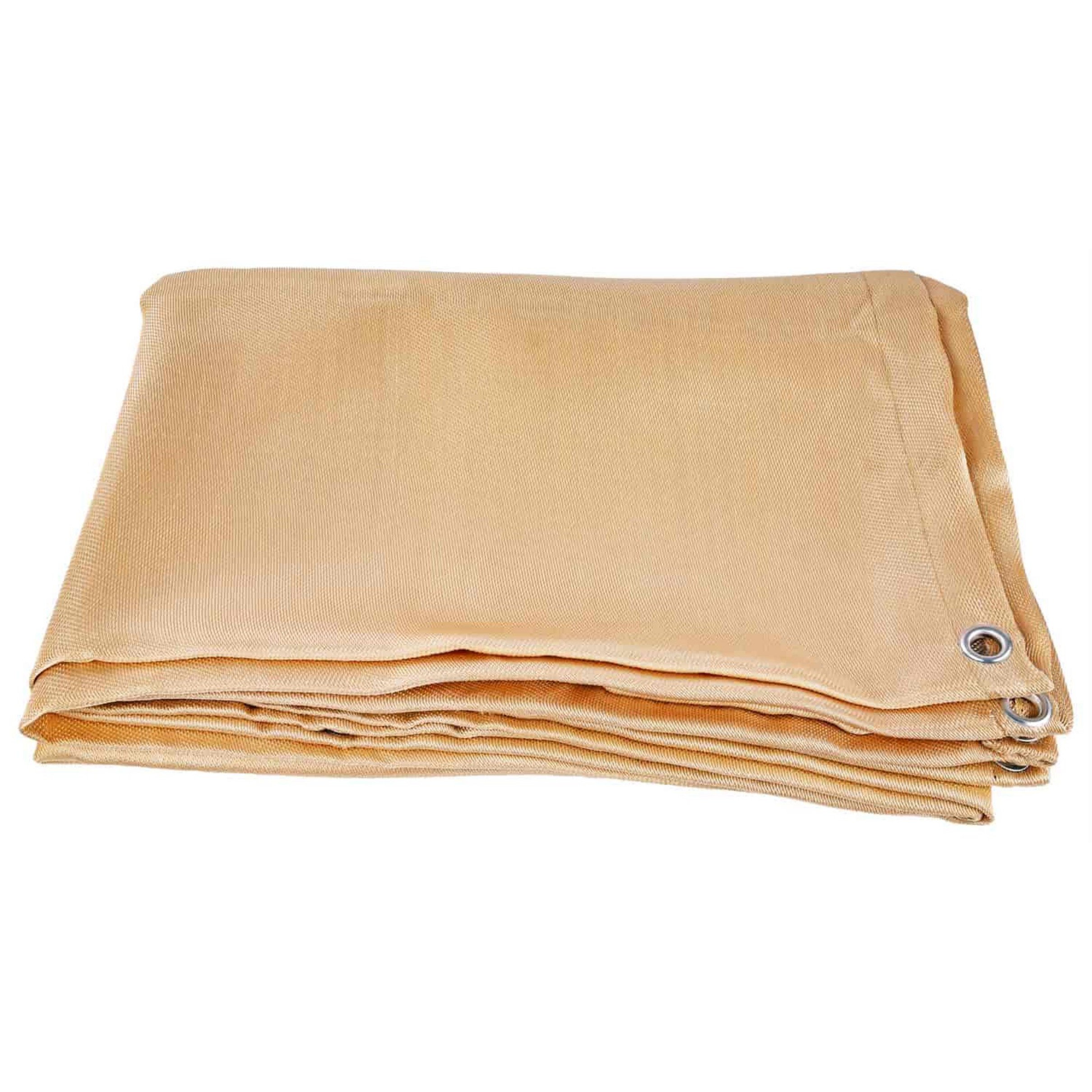Best Welding Blanket Material: Top Choices for Safety & Durability
Choosing the best welding blanket material ensures safety and protects your workspace. This guide compares fiberglass, leather, aluminized fabrics, and other options to help you select the right protection for your welding projects.
Why Material Matters in Welding Blankets
Your welding blanket's material determines its heat resistance, durability, and protection level. The best welding blanket material should withstand sparks, slag, and molten metal while remaining flexible enough for various applications. Let's examine the top options available today.
1. Fiberglass: The Most Common Choice
Fiberglass remains the standard for welding blankets because it offers excellent heat resistance (up to 1000°F/538°C) at an affordable price. The tightly woven silica fibers create a flexible yet durable barrier against sparks and spatter.
Best for:General welding, grinding, and metal cutting applications where extreme heat isn't present.
Limitations:Can degrade over time with direct flame contact and may leave fiberglass particles on your workpiece.
2. Silica Fabric: High-Temperature Specialist
For temperatures exceeding 2000°F (1093°C), silica fabric outperforms standard fiberglass. This premium material maintains flexibility while offering superior thermal protection, making it one of the best welding blanket materials for professional shops.
Best for:High-heat applications like plasma cutting, foundry work, or heavy-duty welding.
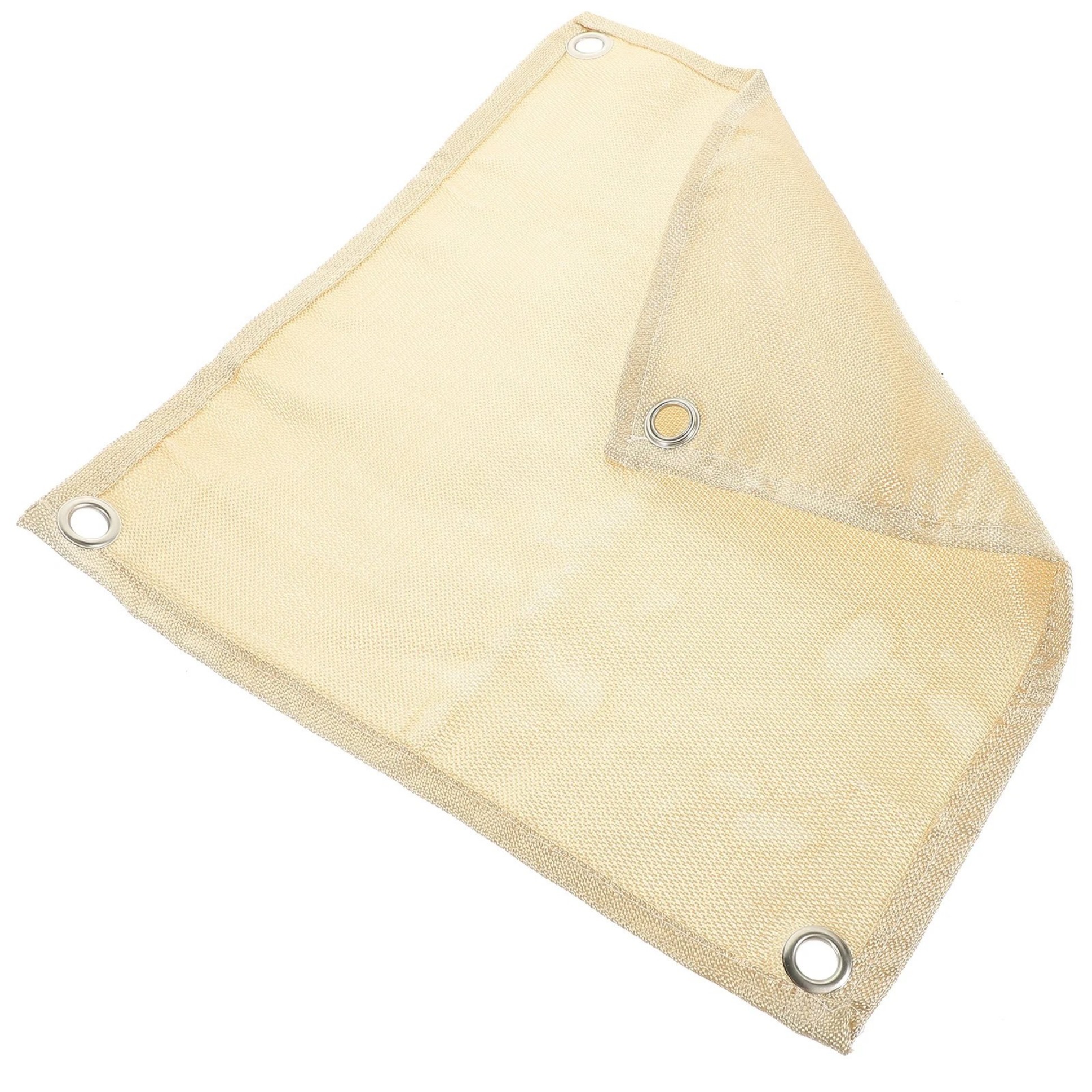
Limitations:Higher cost than basic fiberglass blankets.
3. Aluminized Fabrics: Reflective Heat Shield
Aluminized welding blankets feature a reflective aluminum coating that deflects radiant heat. These work particularly well in confined spaces where heat buildup occurs quickly.
Best for:Automotive welding, exhaust work, or any application with significant radiant heat.
Limitations:The aluminum coating can wear off with heavy use.
4. Leather Welding Blankets: Traditional Durability

Heavy-duty leather welding blankets offer exceptional durability against abrasion and direct flame contact. While less common today, they remain popular in blacksmithing and forge work.
Best for:Situations requiring repeated direct flame contact or where sparks might linger on the blanket surface.
Limitations:Heavy weight and higher maintenance requirements.
5. Carbon Fiber: Modern High-Performance Option
Carbon fiber welding blankets combine lightweight flexibility with extreme heat resistance (up to 3000°F/1650°C). Though expensive, they represent the cutting edge in welding protection technology.
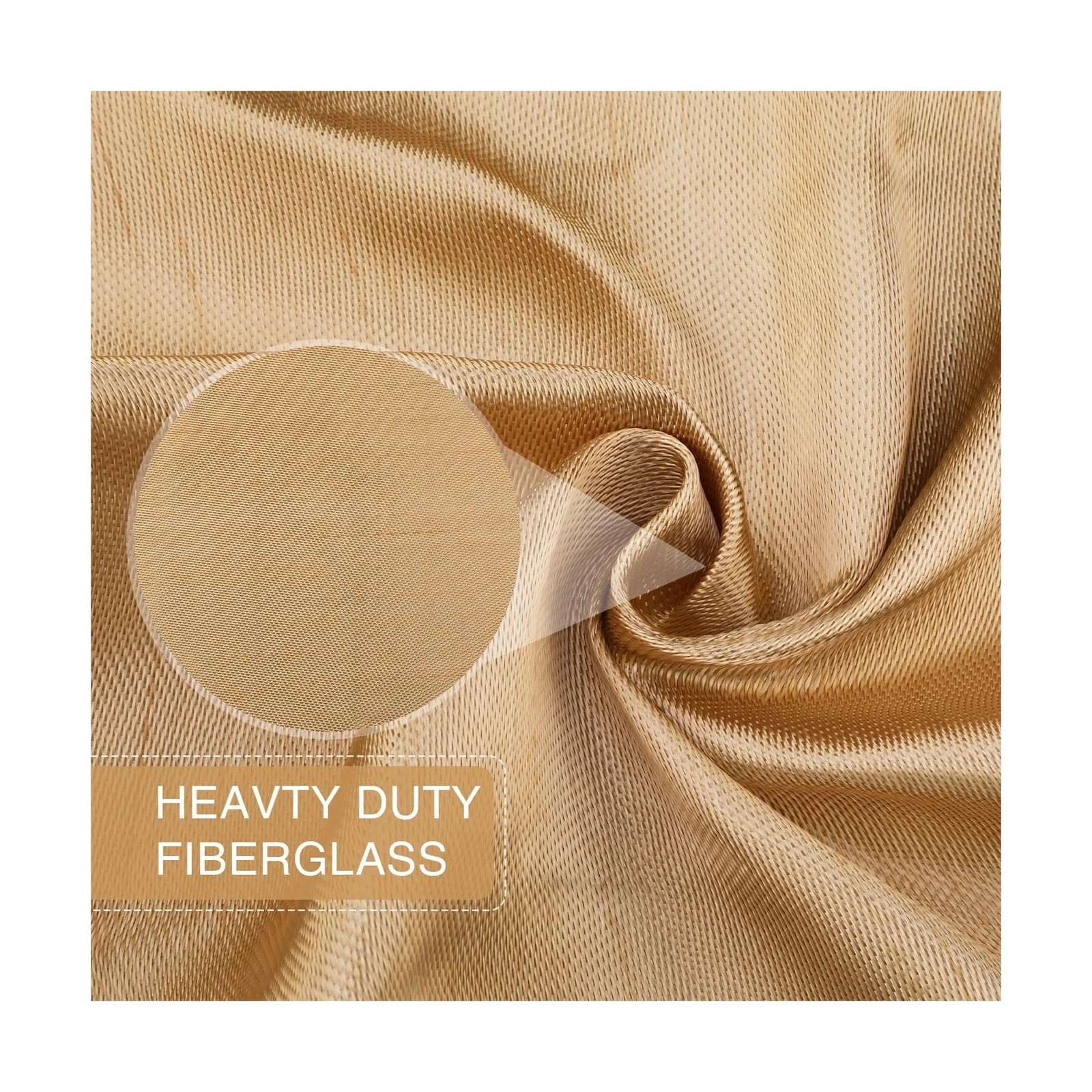
Best for:Aerospace applications, titanium welding, or situations where weight matters.
Limitations:Significant cost premium over other materials.
Choosing Your Best Welding Blanket Material
Consider these factors when selecting your welding blanket:
- Temperature rating:Must exceed your typical working temperatures
- Durability:How often will it withstand sparks and abrasion?
- Flexibility:Will you need to wrap or drape the blanket?
- Work environment:Indoor shops have different needs than outdoor job sites
Maintenance Tips for All Materials
Extend your welding blanket's life with proper care:
- Shake out slag and debris after each use
- Store folded or rolled in a dry location
- Inspect regularly for holes or thinning areas
- Never use water to extinguish blanket fires - smother them instead
Final Recommendation
For most welders, a high-quality fiberglass blanket provides the best balance of protection and value. If you regularly work with extreme temperatures, invest in silica or aluminized options. Remember that the best welding blanket material depends on your specific needs - there's no one-size-fits-all solution in welding safety.




